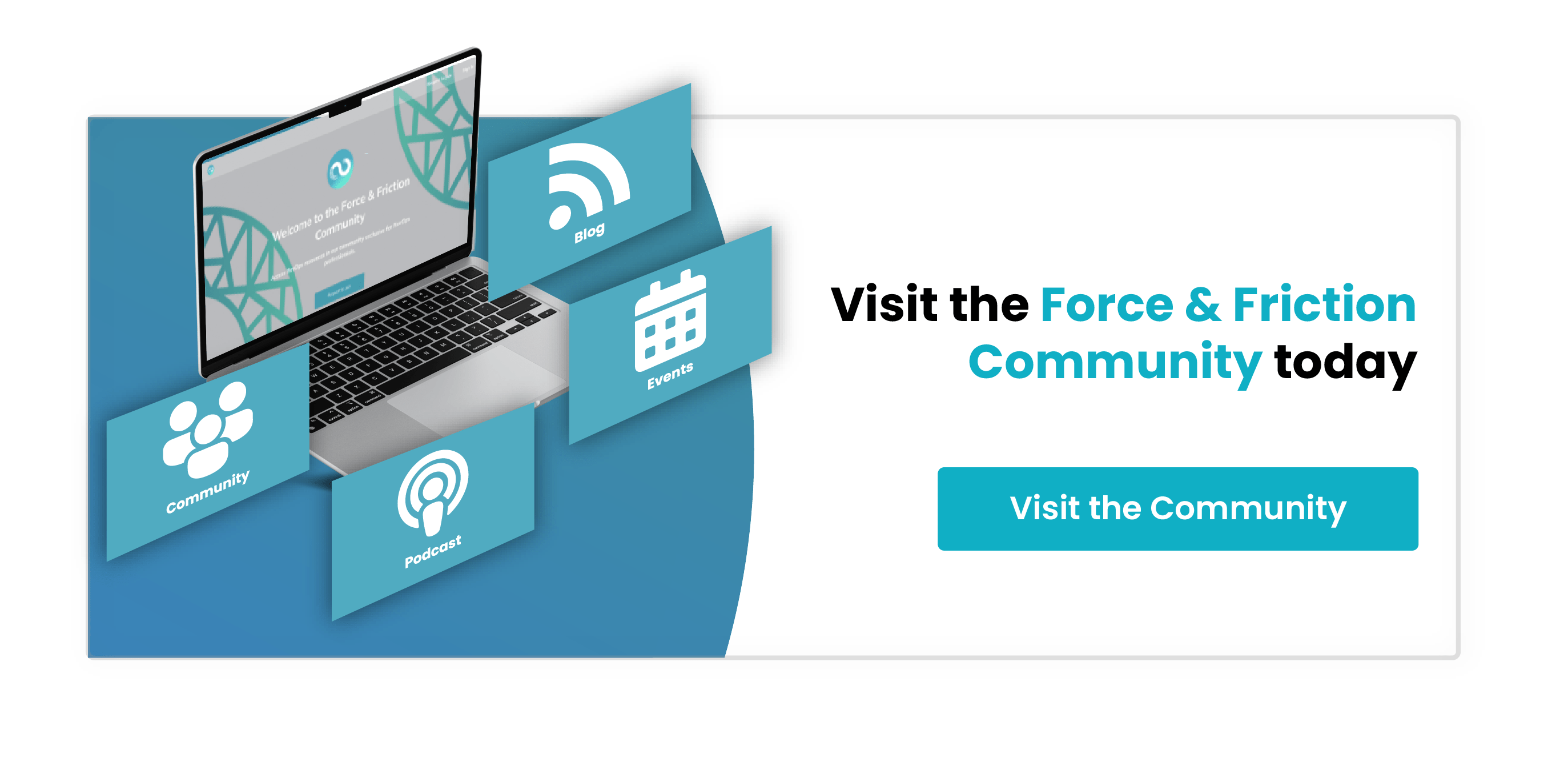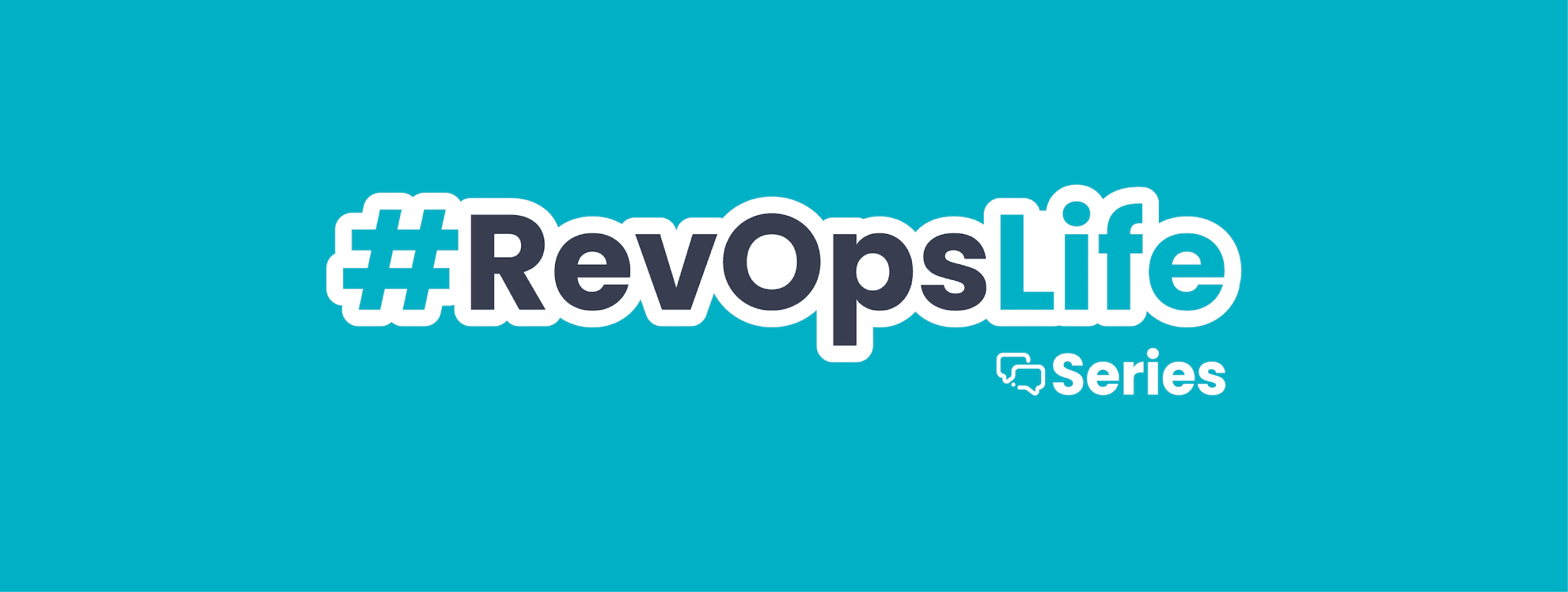
How To Incorporate Your Growth-driven Design Web Strategy Inside Revenue Operations
Build it and they will come. So the saying goes anyway. Unfortunately, that’s not always true when it comes to your business website.
Even the slightest misstep at the design stage can seriously hamper your ability to attract traffic, retain that traffic and subsequently, make sales.
Getting it right is therefore business critical. You need your site to perform in order to bring in profit.
The importance of getting your web strategy right can’t be overstated.
It’s not only your digital shop window, and a convenient way for shoppers to discover your brand, it’s one of the single most important tools you have to drive growth and meet your revenue goals.

The growth of ecommerce
Ecommerce continues to accelerate at a rapid pace worldwide.
The latest projections suggest that total global ecommerce retail sales will top $8,148 billion by 2026 – a figure that is 56% higher than the 5.2 trillion dollars recorded as recently as 2021.
The fast-paced scale of this growth makes one thing clear; more shoppers are buying more things online.
For your business to capture a slice of that potential, it must have a highly functioning website that delivers on visitor expectations.
A poorly designed, poor performing website will repel savvy online shoppers, leading them to seek information, products, and services elsewhere.
The rise of the omnichannel and hybrid shopper
What’s more, having a website that isn’t designed to cater to today’s consumers in a way that makes sense for them could have a direct impact on the performance of your bricks-and-mortar locations, too.
According to the latest Shopper Experience Index, 64% of shoppers today favour a hybrid shopping experience.
“The pandemic forced shoppers online—and they’ve stayed there,” the report concludes.
“Even when shoppers do venture back in-store to make a purchase, they’re still relying on product research they’ve done online to guide their purchase decisions.
In short, very few of today’s purchases happen without a digital touchpoint.”
With the distinction between in-person and online shopping more blurred today than ever before, your website isn’t just a tool to drive digital sales.
It also facilitates in-person sales too, so getting it right is lucrative. Getting it wrong could be catastrophic.
Loyalty is at stake
As we’ve seen, getting your web design right doesn’t just drive revenue from your digital channels. It impacts on your overall sales performance.
63% of consumers research online before entering a store – if your website doesn’t serve up an enjoyable experience, the chances of that consumer entering your store are minimal.
This could easily send them in search of alternative providers – a threat that is even more real post-pandemic thanks to a huge erosion in consumer loyalty.
With 83% of consumers happy to buy from newly discovered brands, repeat business is no longer a given.
To retain the loyalty of your customer base, you must continue to offer them elevated, convenient and seamless experiences, whether they’re visiting you in store or browsing your site.
Your website influences your brand’s credibility
The vast majority of consumer paths to purchase originate online. For many, a brand website is a logical stopping off point en-route to making a purchase.
It’s a destination that conveys the brand’s values, its quality and speaks to what kind of an experience the customer can expect should they choose to spend their money with that business.
How your site functions, whether it provides the necessary information, is accurate and well-designed directly influences that opinion.
A well designed website that meets consumer expectations helps to grow trust and build credibility. A poorly designed, poorly performing site has the opposite effect.
Why is traditional web design broken?
Your site is your digital shop window – it may be the first impression a consumer has of your brand so much like an in-store window display, it needs to tempt people to step foot across the threshold.
In the case of your website, that means inviting prospects to venture further into your site.
Getting your site design right is crucial.
It may be the only interaction a consumer has with your organisation, especially if you have few to no bricks-and-mortar locations or supply goods and services across a wide geographical area.
It’s imperative that the first impression is a good one.
If your site isn’t geared up to meet the needs of today’s buyers and decision makers, delivers a poor experience, doesn’t meet expectations, is hard to navigate or makes finding the required information, product or service too difficult, the prospect of making a sale disappears.
Likewise, if your site hasn’t been built using modern techniques and isn’t search engine friendly, it won’t get the search visibility it needs to attract online traffic in the first place.
No visits equal no revenue.
Traditional web design methodology is often the root cause of these issues.
The traditional web design process is lengthy
The standard approach to web design follows a fairly typical schedule of work:
-
Step 1: Find a web design agency.
-
Step 2: Submit a brief.
-
Step 3: Agree a budget.
-
Step 4: Wait for design mock ups.
-
Step 5: Request changes to mock ups.
-
Step 6: Repeat steps 4 and 5 until a suitable design is agreed upon.
-
Step 7: Give go ahead for site to be built.
-
Step 8: Create site content.
-
Step 9: Await site build.
-
Step 10: Review build, identify bugs and await fixes.
-
Step 11: Launch.
This is a time-consuming process which could take months to complete.
For a simple website, that entire workflow could take as many as two to three months, for larger and more complex sites, a six-month or even greater window may be needed.
This drawn out timeframe is problematic on two fronts. The first and most obvious issue that arises from a six or seven month development window is the array of missed opportunities and missed revenue that passes the business by in this period.
More than 80% of modern consumers begin their path to purchase online. If you don’t have a functioning website to support that customer journey, your ability to generate revenue relies solely on the 20% of shoppers who don’t rely on digital channels for research and product discovery.
It isn’t agile or flexible
The traditional design process is cumbersome. Once the initial design concepts have been signed off, it lacks the agility and flexibility to learn from user behaviour and make significant changes on the go.
With lengthy development times, the site risks being out of date before it even launches, leaving the business with a digital shopfront that doesn’t actually reflect its values, emerging technologies and search habits.
This could explain why ecommerce conversion rates tend to be low – with food and beverage websites having the highest rate of ecommerce conversion at just 4.6%, while the average across all verticals is 2.5%.
It doesn’t emphasise the importance of updates
Hubspot research has confirmed that just 42% of marketers make impactful updates to their website just once or twice per year.
And that’s because the traditional web design process doesn’t acknowledge changing consumer habits or emphasise the need to measure performance and make changes accordingly.
While new content and new pages may be added, the time-intensive and costly process of making design changes means
that major updates based on user behaviour aren’t typically seen as viable.
This means that traditional web design can be a risky proposition and leave many businesses gambling that their site will perform as expected with no contingency plan to amend or develop it further based on actual user behaviour.
Project success relies on the developer you choose
If your team doesn’t have the in-house expertise to design and build a new website, you’ll need to reply on an external web design agency to create your new site for you.
This not only comes with a substantial financial cost, it also places the success of your project firmly in the hands of your developer.
Due to the reliance on a third-party, control over the project’s timeframes and development arc is no longer held internally. You’ll need to adhere to your chosen designer’s schedule, including any delays they may face.
You’re also reliant on their expertise, and most likely won’t have any input on the seniority and experience levels of the persons working on your project.
Should the project go over budget or over schedule, you’ll still be required to pay for that service, which can impact on the ROI you’re able to achieve from your new site investment.
This could also have a knock-on effect on other areas, such as marketing campaigns and ad budgets.
How does growth-driven design work?
Growth-driven web design is an alternative to the traditional approach to designing, building, and launching a new website.
Rather than the lengthy 11-step process outlined above, growth-driven design can be summarised in just three steps:
Step 1: Develop a strategy
Step 2: Launchpad
Step 3: Continuous improvement
This approach is faster, more efficient, and more agile, bringing data into the process in a way that the standard approach can’t for more informed decision making.
Rather than spending months in the planning, design and testing phases, growth-driven design prioritises the fast deployment of a functional site, and then gathers data from users to continually optimise the site design and performance.
Because it relies on real-world data, it has none of the risks associated with the more guesswork-driven approach of the traditional method.
Put simply, you don’t need to spend months guessing what your site should look like and how it should perform, because you’ll gather data post launch to continually refine your site to better meet user needs.
Phase 1: Strategy development
A successful website which performs well and enables a good rate of conversion doesn’t happen by accident. Phase one of growth-driven design therefore concentrates on strategy development.
This first step brings together marketing and sales to define website goals, develop buyer personas and build customer journey maps.
This part of the process will also include a website wish list, with stakeholders setting out all of the components and functionalities they’d like to see in the new look website.
This could include additional integrations that the present site doesn’t have, new functionality that the existing site doesn’t offer or new pages which could add value to the user experience.
Phase 2: Launchpad
The launchpad phase sees a new site quickly designed and launched. The site which is launched isn’t intended to the final version of the site, rather it’s the foundation on which data-driven improvements can be continuously made.
That’s not to say the launchpad site is incomplete. It should be a step forward from the existing live business website but is developed in an accelerated manner.
Phase 3: Continuous improvement
The traditional approach to web design would see a new site launched and few major changes subsequently made until it was time to begin the whole process over again to launch a new site.
Growth-driven design flips that model on its head, with less time spent at the start but more time invested once the site is live to make impactful changes guided by actual user data.
This continuous improvement mindset means the website is continually evolving and changing in order to optimise performance as much as possible.
This improvement cycle means that developers will continually revisit user data to identify areas where impactful changes can be made. The desired improvements will be planned, changes optimized and then once rolled out, their impact measured.
This cycle will then begin again with other action items to drive further improvement in site performance for sales and marketing teams.
What does growth-driven web design look like in action?
If you’ve ever gone through the traditional website design process, you’ll likely find that growth-driven design is the polar opposite of that experience.
The traditional approach calls for budget to be spent upfront, eats up time and resources right away, is based on what the design team assumes the audience wants and once launched is then left as is with few major updates before the next redesign.
The risk of the project drifting off course, with missed deadlines and being delivered over budget is high.
In contrast, growth-driven design has fewer upfront costs due to the fast launch and continual cycle of development, can be deployed on time due to the faster design phase and then calls on data-driven decisions to continuously improve and optimize results.
As we’ve seen, one of the biggest issues associated with older methodologies is the period of latency between a new website design project being signed off, and the new site getting to a place where it is ready to go live.
Project launch can be mired in months of design, content and development issues.
In contrast, growth-driven design can compact that timeframe to as little as one to two months.
In addition to being more economical, this shorter timespan means that adopting a growth-driven approach also frees the site up to begin creating value in the form of leads and conversions much sooner than would otherwise be the case.
The State of Growth-Driven Design research survey reports that growth-driven websites generate more visitors, more leads and more revenue for their owners:
-
Website visitors increase by 30.2% on average within three months of launch, and by 44.34% after six months. In contrast, traditionally designed sites see an uplift of 26.2% and 30.19% respectively.
-
Website leads show an average uplift of 34.5% after three months, and 44.47% six months post-launch across sites designed using the growth-driven methodology. This compares with an increase of 23.4% and 27.96% in the same timeframe for websites built using the set it and forget approach associated with traditional design processes.
-
Revenue growth is also much higher for growth-driven sites, with a 23.5% increase on average after three months, up to 29.23% six months after launch. Traditionally designed sites see much less growth, with an average of 17.6% increase in revenue after three months and 17.78% after six months.
The commitment to continuous improvement means that sites adopting the growth-driven mindset are more competitive and better prepared to meet changing consumer habits and expectations.
In turn, they’re better positioned to engage with leads, usher the consumer along the path to purchase and nurture improved confidence and loyalty levels.







%20-%20Teal.png?width=500&height=130&name=Force%20%26%20Friction%20-%20Branding%20-%20Logo%20(White)%20-%20Teal.png)